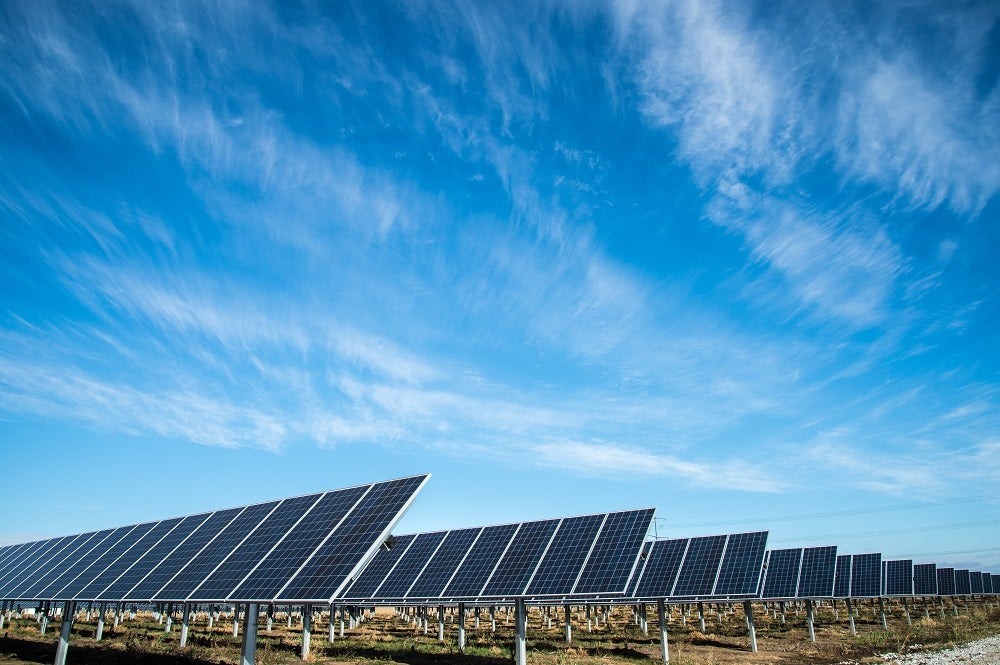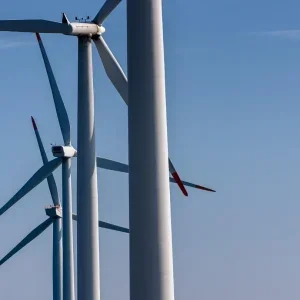
The impact of coronavirus on global renewables markets could make 2020 the first “down year” for solar power capacity addition since the 1980s.
This according to BloombergNEF, which has revised down its February global solar photovoltaic demand outlook for the year from between 121 gigawatts (GW) and 152GW to between 108GW and 143GW – an 8% drop in its midpoint estimate.
Policy shifts in China, the epicentre of the global pandemic, brought on by the impact on industrial and economic activity are expected to push some 2020 solar demand into next year.
There is better news for the wind power industry, where “tight schedules” and short-term specialised equipment rentals should offset the downside risk to BloombergNEF’s 75.4GW demand forecast for the year – a figure that would make 2020 a record year for wind build.
Solar not the only renewable power sector to be hit by coronavirus
Wider clean energy markets are also expected to be affected by the coronavirus outbreak, particularly in terms of demand for electric vehicles and their batteries, with a 44% year-on-year decline expected in Chinese auto sales alone.
The spread of the virus has also raised supply chain concerns, with the slowdown in China’s industrial activity creating bottlenecks in the delivery of key materials and components used in clean technology equipment.
China currently dominates the market for lithium – accounting for roughly three-quarters of global production capacity – which is a critical material used in the manufacture of electric vehicle batteries, and disruption caused by the virus brings global reliance on this single economy into sharp relief.
A BloombergNEF report states: “Chinese factories are restarting, so the pressure on supply of key components and equipment is likely to ease.
“Although there are short-term bottlenecks to delivery, we are currently more concerned about demand, as policymakers may divert attention away from clean energy to more pressing concerns.
“However, the short-term interruption to production in China has highlighted the need for diversified supply chains and strengthened the case for localised manufacturing in Asia, Europe and the US, especially for batteries.”
The research group has offered an “optimistic” estimate of a 4% decline in the gigawatt-hours of battery demand throughout the year.
Oil price crash will challenge appetite for renewables investment
Coronavirus has wreaked havoc across global power industries, particularly in China, the world’s biggest energy consumer.
Oil and gas markets have been particularly hard hit, with falling demand caused by quarantine measures and a slowdown in travel, economic and industrial activity sparking a crude oil price war between key producers Saudi Arabia and Russia.
As investors reacted to the news of the stand-off earlier this week, oil majors suffered significant losses to their market value – something that could squeeze their spending budgets and have a longer-term impact on renewables investment.
Speaking to the Financial Times earlier this week, International Energy Agency executive director Dr Fatih Birol said the oil crash would “definitely put downward pressure on the appetite for a cleaner energy transition”.
“Observers will be quick to notice if governments’ and companies’ emphasis on the transition dies down when market conditions become more challenging,” he added.
“Low energy prices will make the economics of energy saving less attractive due to cheap oil and gas, and this will definitely not be good news.
“These issues are big issues — coronavirus, market conditions — but these are temporary. Maybe in a few months, maybe longer, the market conditions will recover, but our climate challenge will still be there.”






